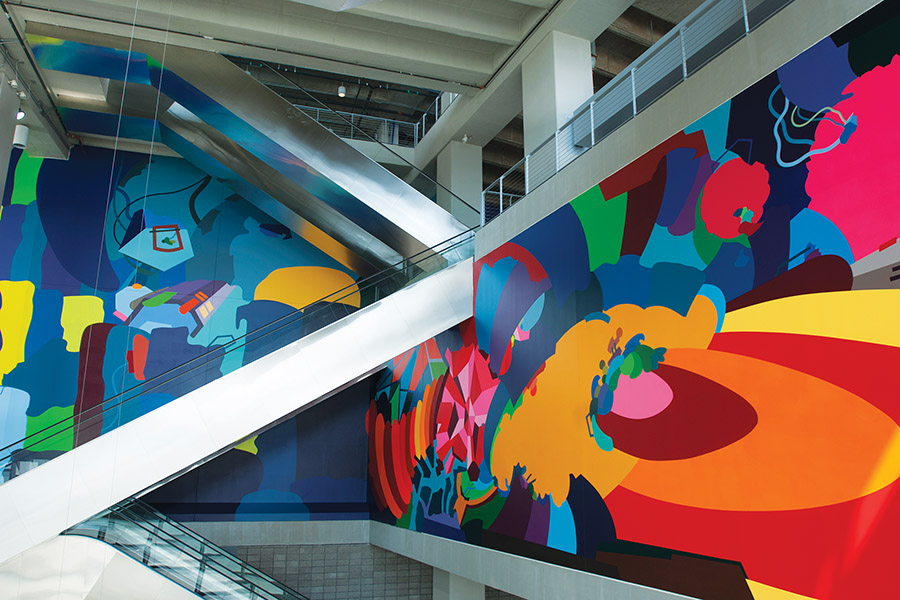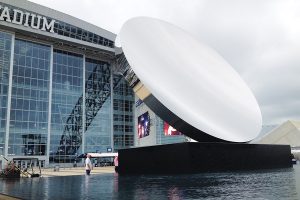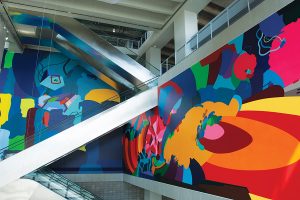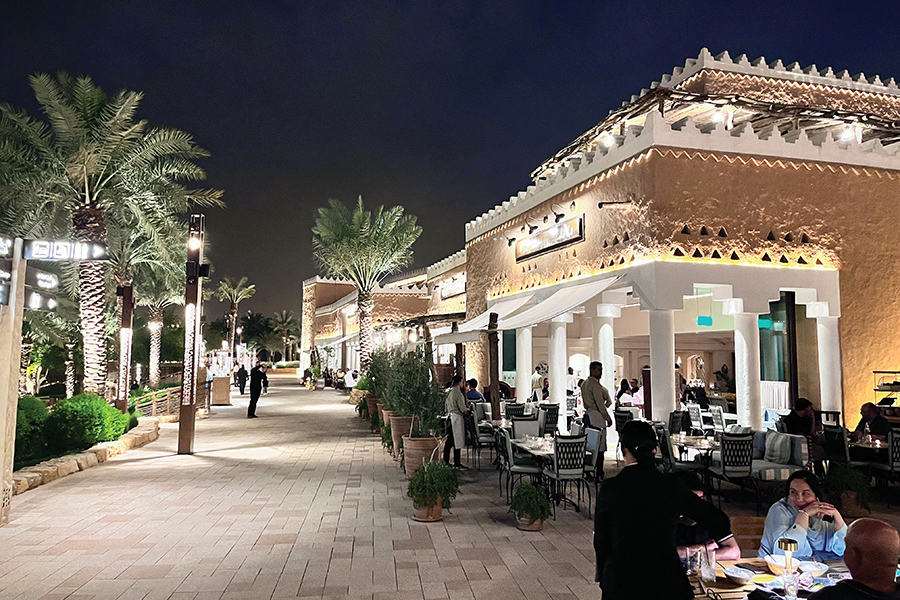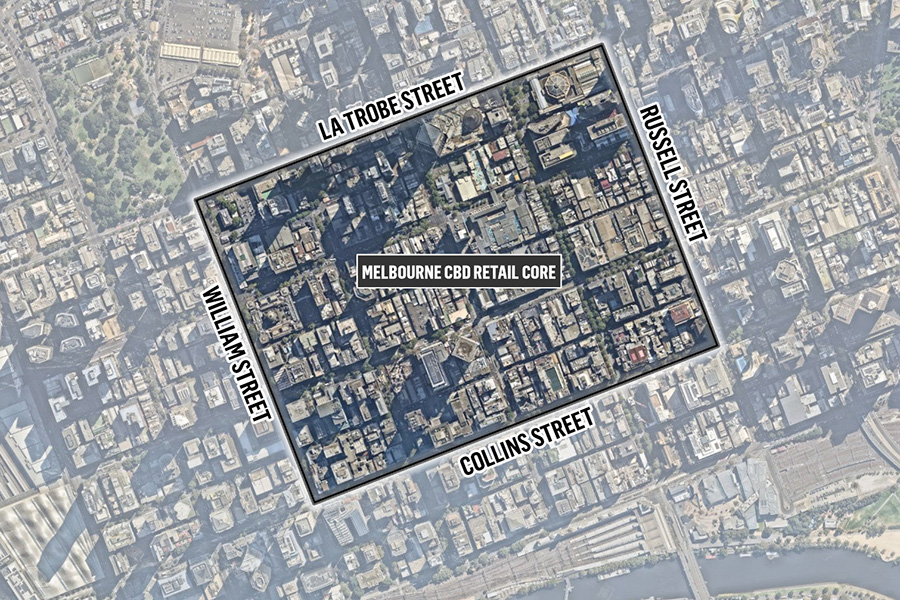We love this article by Kelvin Taylor and Rebecca Townsend! Our centres are ‘Community Focal Points’. One of the features that link us all, as humans, is ‘art’. There’s something in it for everyone, regardless of age, gender, socio-economic groupings, preferences of any type. The link, therefore, between community focal points and art is a natural one.
Well-considered art that links community to place can add value to a physical space. In this article we talk about art and human experience in the context of physical spaces; how people engage with art, the value of art, and the impact of art on the human condition.
The beautiful art of storytelling
Ever since the first cave paintings were produced and discovered, we have been captivated by words and images as a means to tell stories and convey meaning.
To create art and tell stories is to be human.
Art has the power to express all aspects of the human condition, from agony to ecstasy, and everything in between. Art can confound, art can challenge, art can make us laugh and prompt us to think beyond ourselves. Property owners and local councils alike are embracing art as part of their developments to promote art as a storytelling medium that links heritage and culture with community.
A good example of public art as storytelling is Someone’s Always Watching You by Aboriginal artist Digby Moran. The project was initiated by Woolworths in response to Ballina Shire Council’s Public Art Policy which required a minimum spend on public art for all developments over $1 million. The new supermarket main facade faces the main street of Ballina’s CBD. The client and architect were keen to pursue an integrated artwork approach to create a whole-building treatment.

Artist Digby Moran
The artist’s statement tells the story of his ancestors watching over him. The artwork has received wide recognition across Australia from Aboriginal Corporations and continues to be a much-loved addition to Ballina’s streetscape. The project has inspired and encouraged others in the local area to improve the aesthetic of their developments and engaging artists in innovative ways.
Art meets architecture
Art, used as an integral part of modern Australian architecture and design, goes back over 50 years. Completed in 1967, Australia Square, designed by Harry Seidler, is arguably the first major architectural development to successfully combine offices, public spaces, art and retail design on the one site. The art at Australia Square plays a major role in the overall expression of the building and forecourt spaces, from the iconic Alexander Calder sculpture ‘Crossed Blades’, that has become a striking established feature of the plaza, to the foyer mural by celebrated New York artist Sol LeWitt commissioned in 2003 as a showcase of international art.

Sol LeWitt’s mural at Australia Square, Sydney

Alexander Calder’s ‘Crossed Blades’ at Australia Square
Art can take various forms from painting, sculpture, kinetics, lighting, furniture and new technologies.
Artist Jade Oakley has numerous installations that are featured in commercial and retail spaces including Wintergarden at No 1 O’Connell Street, Sydney and numerous Westfield centres. The sculptural work at Wintergarden echoes the splayed feathers of a bird’s wing. The graceful mobiles suggest ascent and through vibrant colours and flamboyant composition provide a celebration and joyfulness.

Sculptural work at Wintergarden by Jade Oakley
In a spatial sense, art also plays a key role in helping to create a unique sense of place and identity. It can reduce the need for traditional signage, helping to de-clutter spaces and improve intuitive wayfinding. Art builds cultural capital, strengthening brand and image.

Facade at Double Bay by Jade Oakley
Art and customer experience
Art can be an emotive experience, not just a physical product. If we look beyond art as a physical or material ‘work of art’ but rather an interaction, we begin to see how art forms connections and perceptions that can add value to our lives.
- Works of art at Cowboys Stadium in Dallas, USA
- Works of art at Cowboys Stadium in Dallas, USA
Cowboys Stadium in Dallas, USA is a great example of how art enriches a space and creates human connections.
Privately owned by the Jones family, the dream was to create a building that was more than a home for a football team. The stadium would be a place to herald architecture, art, design, engineering and technology. The 46 works of art at Cowboys Stadium are united by their boldness, vigour and resolve, and have the power to transform an otherwise utilitarian structure and public space into impossible-to-mistake evocative locations. Owners Jerry and Gene Jones say, “Our goal was to build more than just a football stadium. We want this to be a chance for others, who may not be inclined to go to an art museum, to be exposed to art and see it in a different setting.” Patrons can explore the art on game day, book guided tours or go on a self-guided tour by downloading the stadium art app.
Closer to home, there are many great examples of art used as a means to augment and define a space.
Art can be integrated into the fabric of a building such as is depicted at ISPT’s Wintergarden facade in Brisbane designed by Studio 505, or the kinetic car park facade ‘Turbulent Line’ at the Brisbane Domestic Terminal designed by San Francisco-based artist Ned Kahn.
The Vicinity-owned Cranbourne Park Shopping Centre facade, designed by architects i2C, depicts a sculptural treatment unlike anything you would see in any other shopping centre.

Cranbourne Park facade
The design outcome illustrates how an iconic heritage oak tree, that was initially seen as an obstacle, can be used to define the architectural narrative and be woven into the design of the facade treatment and reflected throughout the interiors of the centre.
Making places
Perth-born artist James Angus has been creating large-scale art installations that can be seen in the forecourts of commercial buildings such as the ‘Day In, Day Out’ sculpture in Sydney, the ‘Perth Cactus’ that acts as a colourful focal point for Forrest Place and the ‘Ellipsoidal’ sculpture on Melbourne’s Eastlink freeway. The sculptures form a focal point for the spaces they adorn and provoke a response in the viewer.

Perth Cactus by James Angus
The ‘Day In, Day Out’ sculpture that stands at the top of the broad, curving steps in front of the entrance to the 1 Bligh Street office tower in Sydney’s CBD is a complex network of three-dimensional ellipsoidal shapes, supported on three tall columns. The inspiration for the shapes was drawn from the unique design of the building itself. The sculpture is painted with geometric patterns in earthy tones of red, brown, orange and yellow that contrast sharply with the surrounding grey, urban landscape. Commissioned by the co-owners of 1 Bligh Street during development of the building, the intention is to add a new focal point for this key part of the city, enhancing the streetscape at the heart of Sydney’s financial district.
The requirement of the commission was for the artist to create a work that was monumental, rigorous and bold, whilst also welcoming and approachable. The aim of the artist, James Angus, was to incorporate key aspects of the Bligh Street development into his design – including its environmental sensitivity, unique design characteristics and welcoming public spaces.
Community engagement
At a local level, art can help integrate and transform a community or a space. The Elysium laneway transformation at Lateen Lane in Byron Bay’s CBD is a great example of community meeting with the local council. Managed by public art agency Creative Road, Elysium was 12 months in the making and is a result of passion and commitment to see a seed-funded project bring together local, interstate and international artists.

Elysium at Byron Bay
The project’s aim was to uplift and enliven a key CBD site through a curated application of colour, pattern, light, form, texture and planting – integrated with existing structures and in collaboration with tenants and building owners.
‘Elysium’ intentionally moved away from traditional imagery associated with Byron Bay and instead aimed to provide locals and visitors with something entirely different – an immersive contemporary art experience.
There is no doubt that well-considered and meaningful art can have a positive impact on our environment and how we, as people who are immersed in our environment, engage with the space and draw meaning from our experience.
Art can take us on a journey and find ways to evoke emotions and feelings and responses in the viewer. Finding means to incorporate art into developments is a way to reflect the unique character and values of a space and ultimately add value to both the space and the user’s experience.


